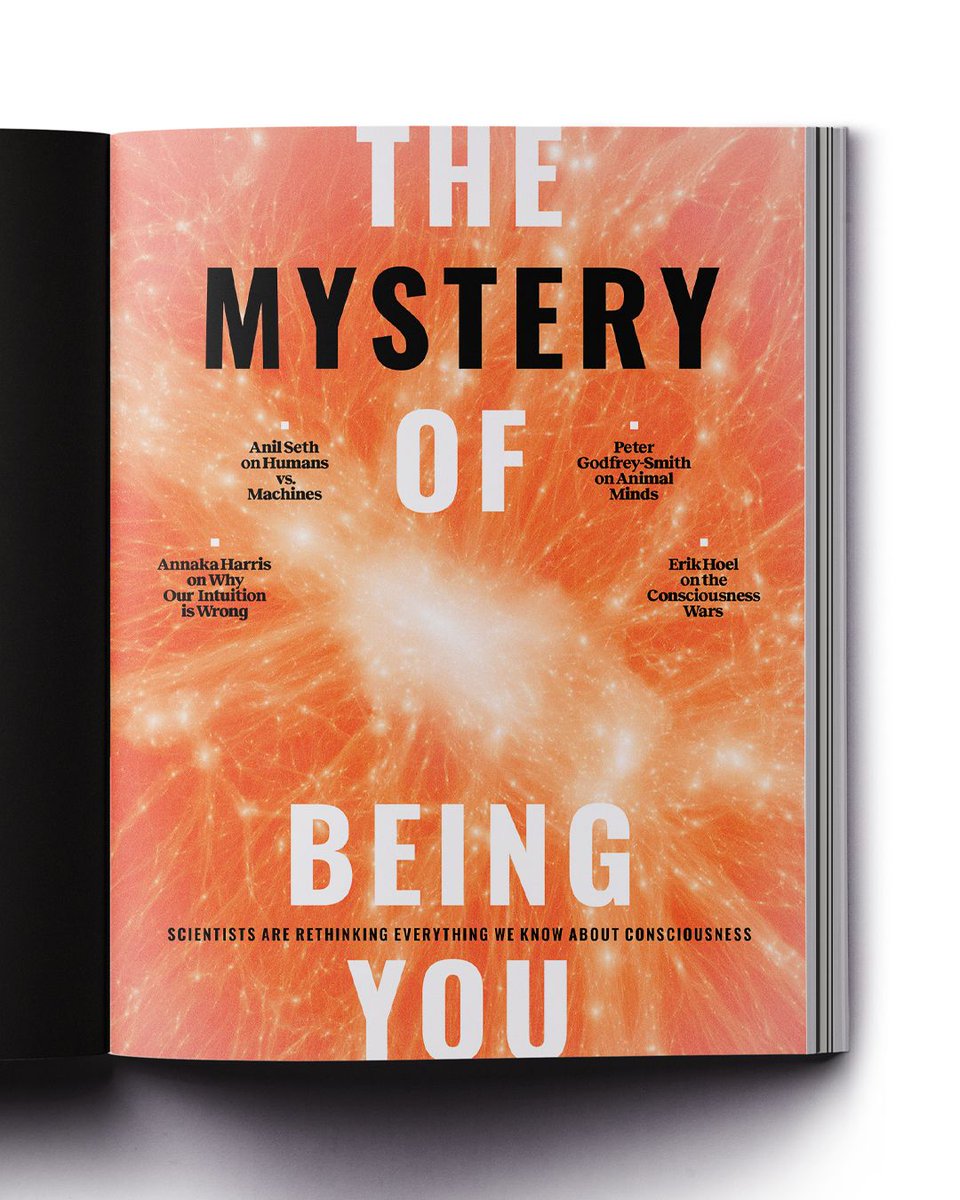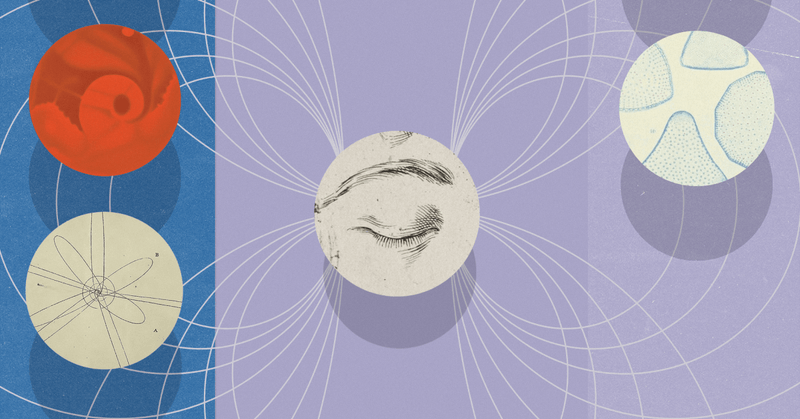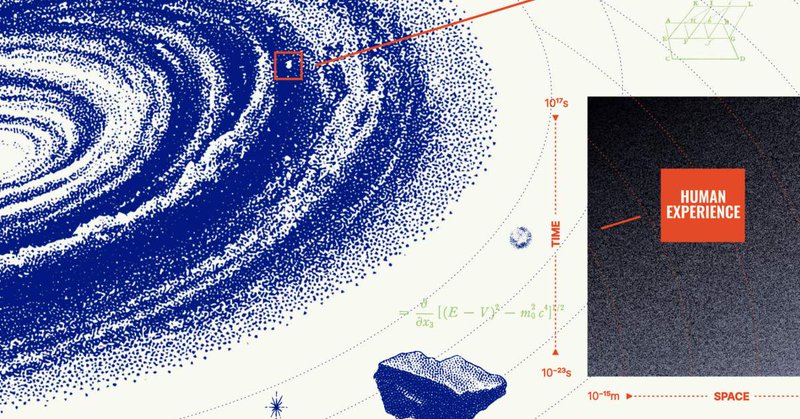
Big Think
@bigthink
Followers
186K
Following
10K
Media
42K
Statuses
71K
Learn from the world’s biggest thinkers. Curious / Thoughtful / Open / Constructive. Changing media with @freethinkmedia.
New York, NY
Joined January 2009
The Consciousness Issue is live!. This special issue explores the field's biggest questions with essays and interviews from experts like Anil Seth, Annaka Harris, Erik Hoel, and Peter Godfrey-Smith. Some highlights:. 🧵 (1/6)
8
26
96
“The word wonder comes from the cognate ‘Wunder,’ or wound from the old German. Wonder is what wounds us, enters us.” . Read the full interview with Jonny Thomson and Maya Popa: . @philosophyminis @mayacpopa
0
0
2
What if there were a drug that allowed us to study consciousness in its most basic form? @neurodelia . Christopher Timmermann describes the potential of 5-MeO-DMT, a psychedelic that strips away everything but awareness. Read the full article here:
3
5
17
Sam Harris: Experience emotions without being consumed by them @makingsensehq. 0:00 The condition of awareness.0:48 Reframing our mental state.2:22 The condition of consciousness.4:55 How does consciousness arise?.7:09 Meditation and consciousness.7:36 Thought vs. physiology
1
5
27
RT @Longreads: "It struck me, not for the first time, how casually we navigate the sacred in hospitals. How routinely we approach the thres….
bigthink.com
After the trauma of brain surgery, Big Think writer Eric Markowitz discovered a kind of consciousness that lives in presence.
0
5
0
@annakaharris Read the full interview with Annaka Harris from The Consciousness Issue here:
bigthink.com
A conversation with Annaka Harris on shared perception, experimental science, and why our intuition about consciousness is wrong.
0
0
6
What if our intuition about consciousness is wrong? @annakaharris. "We have no direct evidence that consciousness arises from complexity. We assume it because it seems that way to us, based on what we now understand to be illusions created by the brain."
5
9
32
The graph comes from EUREKA! Physics of Particles, Matter and the Universe (1997) by the late theoretical physicist Roger Blin-Stoyle. For more on understanding the limits of our perception, read the full article from @verystrangemaps:
bigthink.com
Science helps us imagine the unfathomable vastness of space and time — and our small but meaningful place within it.
1
2
4
We are biased to do nothing. @amandaripley. Amanda Ripley, American journalist and author of "The Unthinkable", explains how our "normalcy bias" can lead us to ignore disaster even when we are in the midst of it.
1
1
20
Why does AI get stuck in infinite loops?. "Unlike computers, we are beings in time-embodied, embedded, and entimed in our worlds. We can never be caught in infinite loops because we never exist out of time." . Read the full essay from @anilkseth here:
3
5
18
What is it like to be? . Neuroscientist, Rachel Barr, explains how sleep might give us unique insight into a question central to the field of consciousness: . @drrachelbarr #consciousness
0
4
15
RT @donalddhoffman: “Harris challenges the belief that consciousness emerges from complexity, instead treating it as a fundamental feature….
bigthink.com
A conversation with Annaka Harris on shared perception, experimental science, and why our intuition about consciousness is wrong.
0
38
0
@philosophyminis @dr_mcgilchrist The Nexus Method works because of two well-documented psychological phenomena: . 1. Externalizing ideas as cards on the table let's our short term memory take a break. As a result, we can focus on problem-solving, pattern recognition, and categorization. 2. Laying out the ideas.
1
0
2
@philosophyminis @dr_mcgilchrist 4. Make connections. Sit back and examine what you have. Wait for the patterns to emerge.
1
0
1
@philosophyminis @dr_mcgilchrist 3. Add ideas. Take note of all the ideas you think might be relevant, label them with one or more themes, and slot them in with the best fit.
1
0
0
@philosophyminis @dr_mcgilchrist 2. Research. Read books, listen to lectures, or watch video tutorials.
1
0
0
@philosophyminis @dr_mcgilchrist 1. Make theme cards. Isolate a selection of themes you want to explore. Write these themes on cards and give each its own space.
1
0
1











